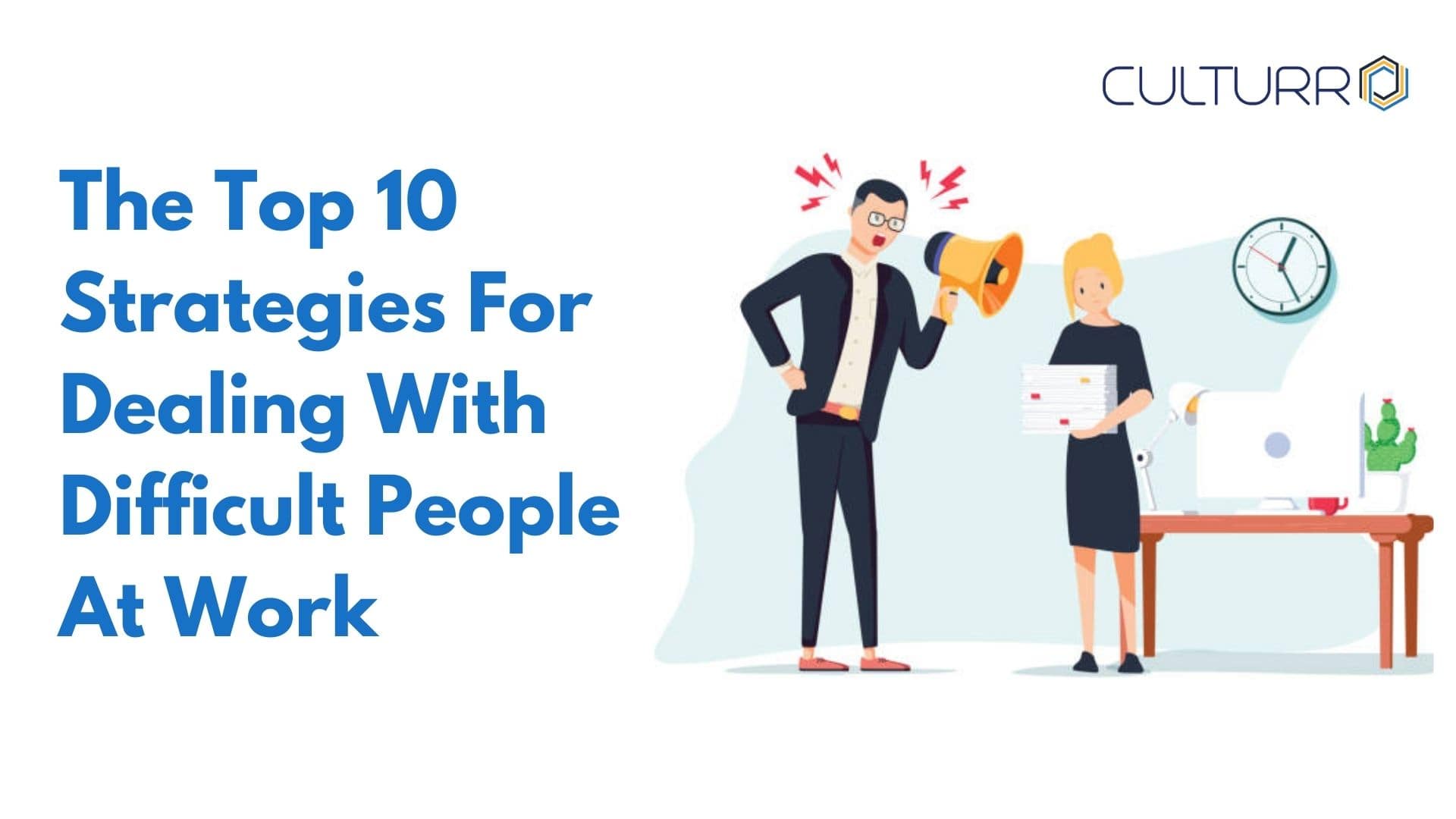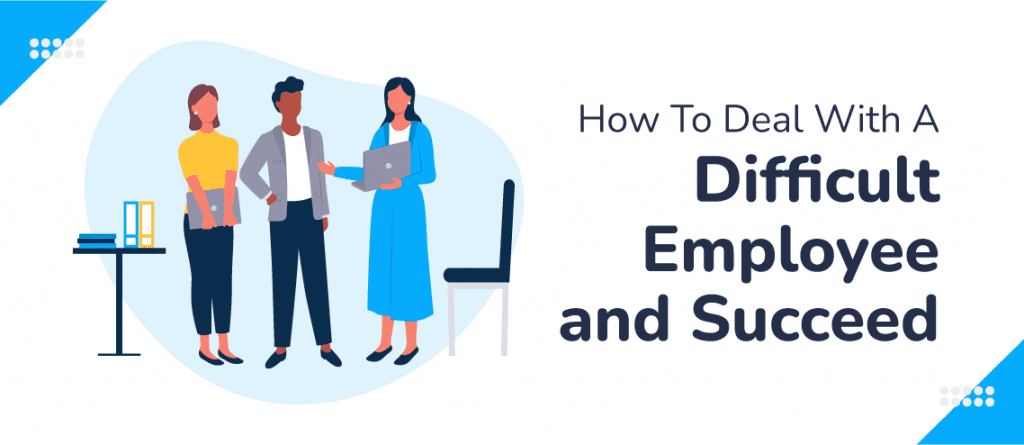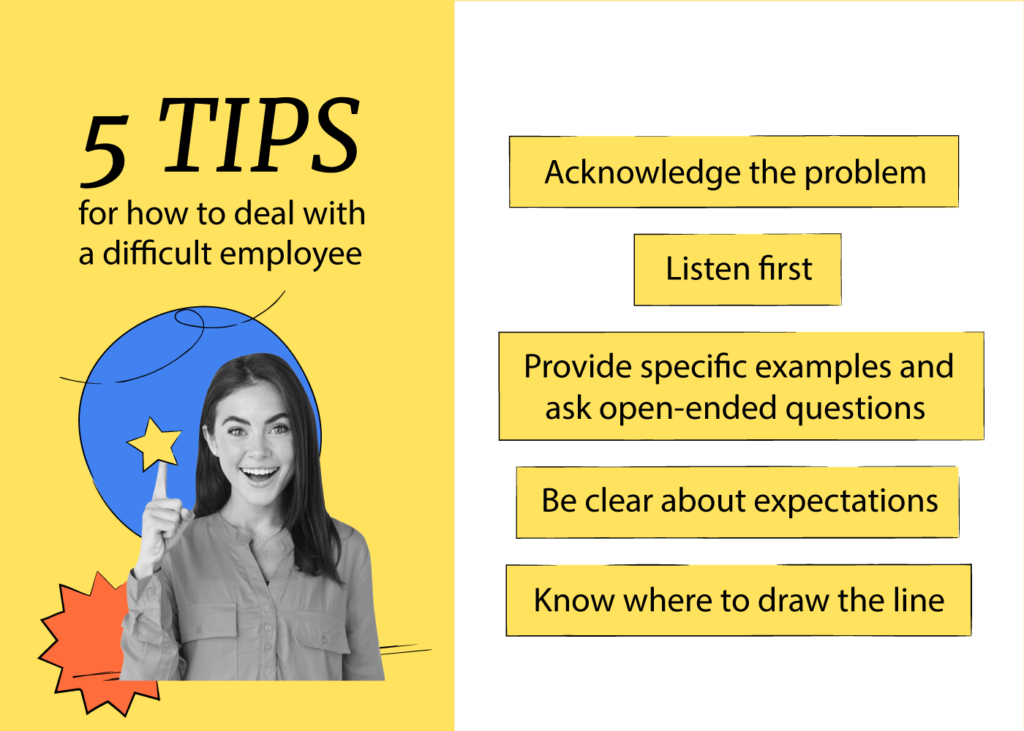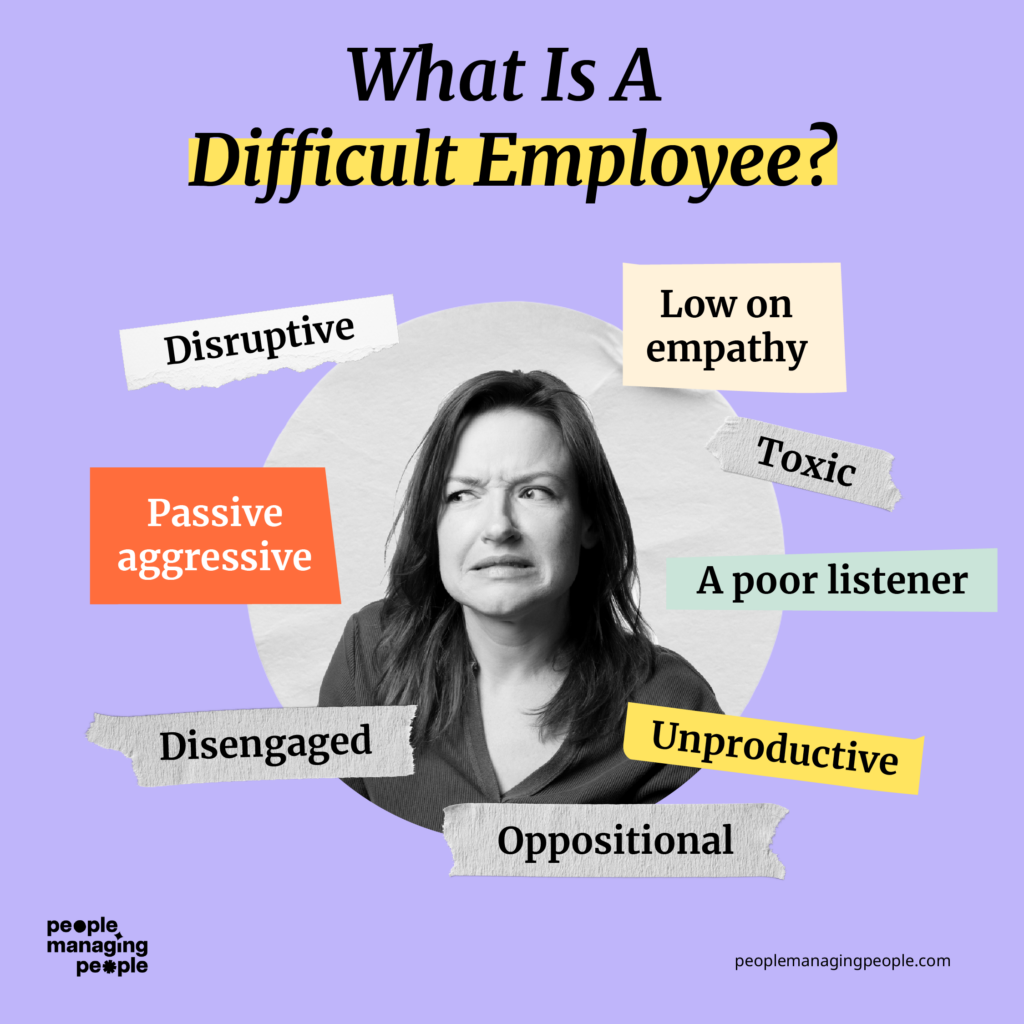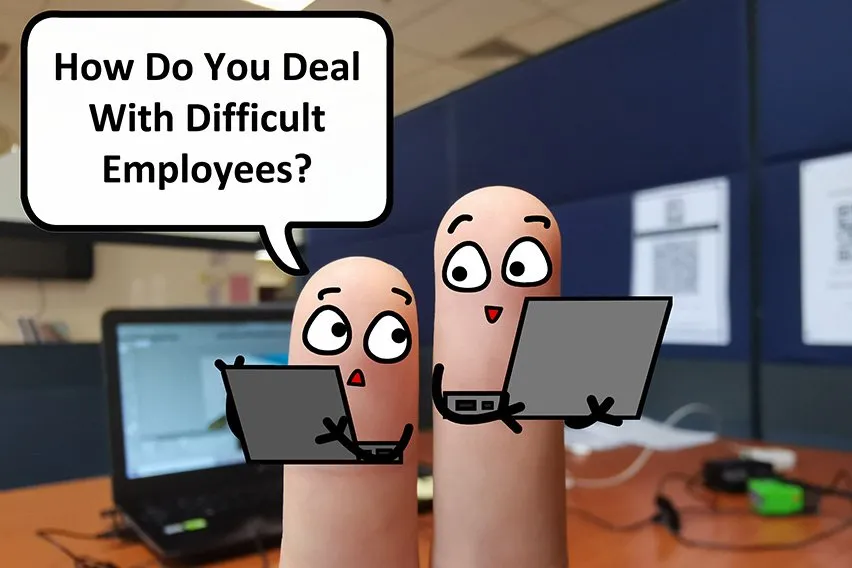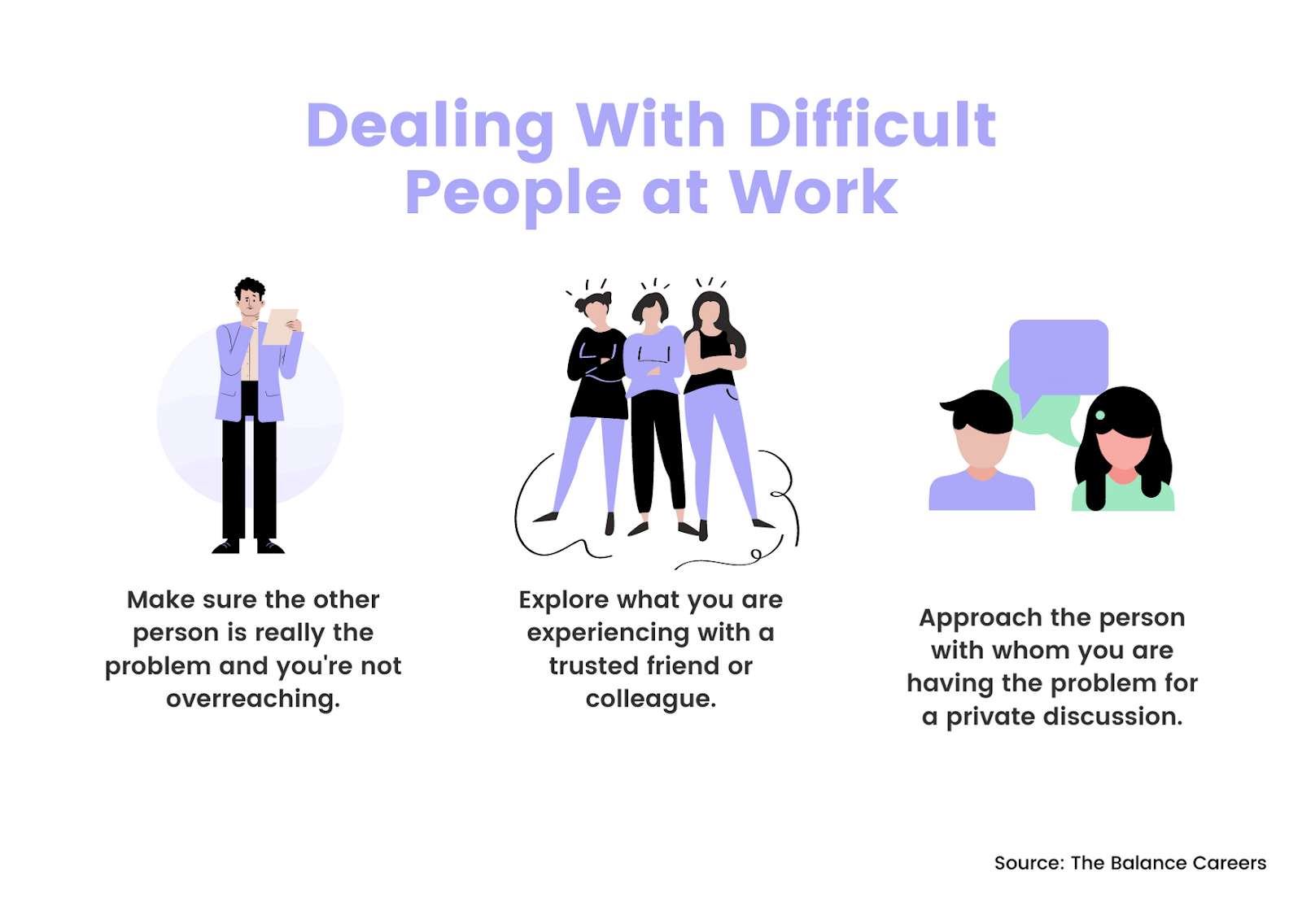How To Deal With Problem Employees
:max_bytes(150000):strip_icc():format(webp)/how-to-deal-with-difficult-people-at-work-1919377-v5-5b74a14c46e0fb0050480872.png?ssl=1)
The ripple effect of a single problem employee can extend far beyond individual performance, impacting team morale, productivity, and ultimately, the bottom line. Ignoring these issues is no longer an option for businesses striving for efficiency and a positive work environment.
Addressing difficult employee behavior requires a proactive and strategic approach. This article will delve into the methods and best practices for identifying, managing, and resolving performance or behavioral problems in the workplace. We'll explore strategies based on expert advice and data-driven insights, ensuring a fair and effective resolution for both the employee and the organization.
Identifying Problem Employees: Spotting the Warning Signs
Early identification is crucial. Subtle shifts in behavior can often indicate underlying issues. Absenteeism, decreased productivity, and a negative attitude are common red flags.
According to a 2023 report by the Society for Human Resource Management (SHRM), a significant drop in performance, coupled with increased complaints from colleagues, warrants immediate attention.
Look for patterns. Is the employee consistently missing deadlines? Are they engaging in disruptive behavior during meetings? These patterns need to be documented meticulously.
The Importance of Documentation and Clear Communication
When addressing performance issues, documentation is key. Maintain detailed records of specific incidents, including dates, times, and descriptions of the problematic behavior. This evidence will be invaluable should disciplinary action become necessary.
Clear communication is equally important. Schedule a private meeting with the employee to discuss your concerns in a direct, yet empathetic, manner. Focus on specific behaviors and their impact on the team and the organization.
Provide concrete examples. Saying "your performance is subpar" is less effective than saying "you missed the deadline on the Johnson report by three days, which delayed the project launch."
Performance Improvement Plans (PIPs): A Path to Redemption
A well-structured Performance Improvement Plan (PIP) can be an effective tool for helping employees get back on track. A PIP should outline specific goals, timelines, and measurable metrics for improvement. Regular feedback and support are crucial during this period.
SHRM recommends that a PIP should be collaborative, involving both the employee and the manager in its creation. This ensures that the employee understands the expectations and has a sense of ownership in the improvement process.
Don't set unrealistic expectations. A PIP should be challenging, but achievable. Providing the employee with the resources and support they need to succeed is paramount.
Addressing Behavioral Issues: A More Complex Challenge
Behavioral issues, such as insubordination, harassment, or workplace conflict, often require a different approach than performance-related problems. These issues may necessitate more immediate disciplinary action.
"Every company should have a clear and consistently enforced code of conduct that outlines acceptable and unacceptable behaviors," says Dr. Lisa Johnson, a leading expert in workplace conflict resolution. "This provides a framework for addressing behavioral issues and ensures fairness."
In cases of serious misconduct, consult with legal counsel before taking any action. This is particularly important when dealing with issues that could potentially lead to litigation.
When to Consider Termination: The Final Resort
Despite best efforts, sometimes termination is the only viable option. This decision should not be taken lightly. Ensure that you have exhausted all other avenues for improvement, including coaching, training, and performance management plans.
Document every step of the process, from the initial warning to the final decision. This documentation will be essential if the employee challenges the termination. Legal counsel should review all documentation before termination.
Termination should be handled with respect and professionalism. Provide the employee with a clear explanation of the reasons for the termination and offer any necessary support during the transition.
Preventative Measures: Cultivating a Positive Work Environment
The best way to deal with problem employees is to prevent problems from arising in the first place. This requires cultivating a positive and supportive work environment where employees feel valued and engaged.
Invest in training and development opportunities. Provide employees with the tools and resources they need to succeed in their roles. Encourage open communication and feedback.
Regular performance reviews, coupled with ongoing feedback, can help identify potential problems early on. By addressing issues proactively, you can prevent them from escalating into more serious concerns.
"A culture of transparency and accountability is essential for creating a workplace where employees thrive,"notes Professor Michael Brown, a professor of organizational behavior at Stanford University.
Looking Ahead: Embracing a Proactive Approach
Dealing with problem employees is an ongoing challenge for organizations of all sizes. By adopting a proactive and strategic approach, you can minimize the negative impact of difficult employees and create a more positive and productive work environment.
Investing in employee training, implementing clear performance management processes, and fostering a culture of open communication are essential steps towards building a successful and harmonious workplace.
The future of effective employee management lies in prevention and early intervention. By focusing on these strategies, businesses can create a workplace where employees are motivated to perform at their best and contribute to the overall success of the organization.
